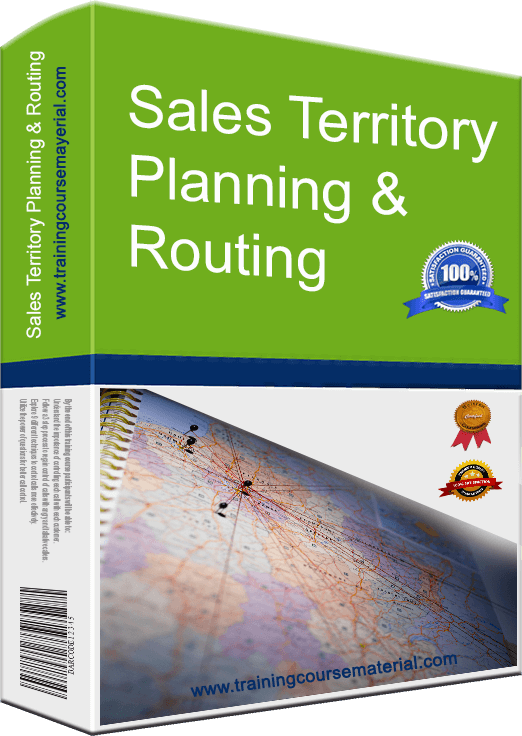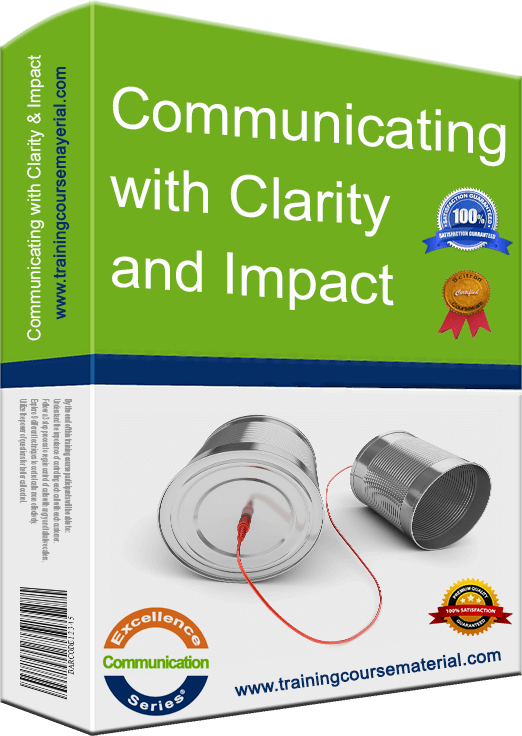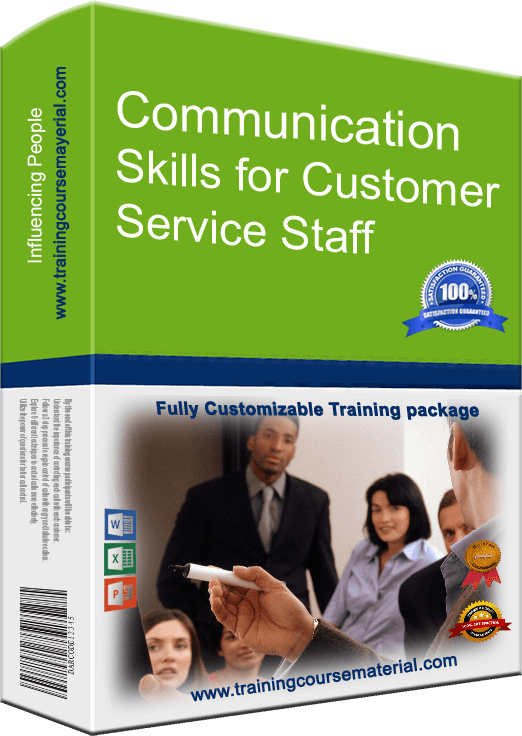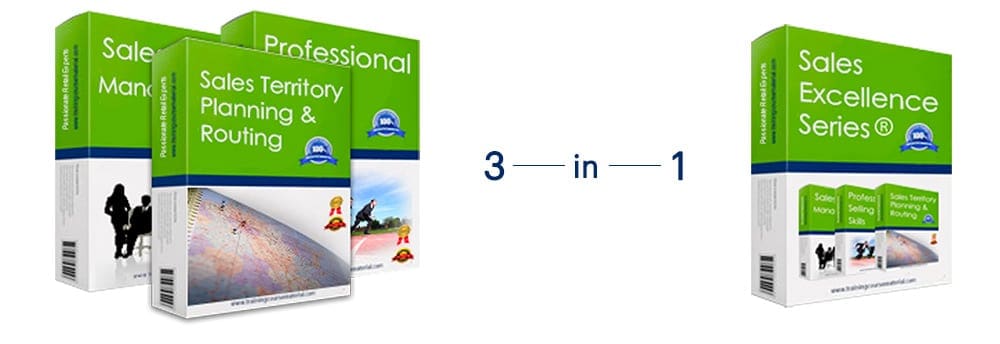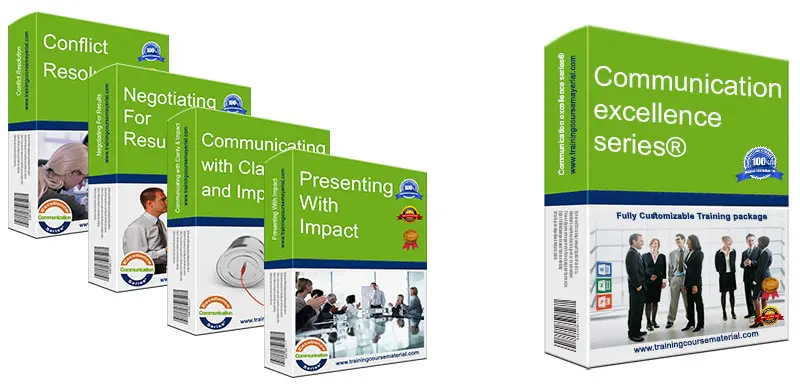Delivering a Proper Presentation
A presentation is not simply a speech to a large gathering, or even to a small one. Nor is it just selling an idea to a colleague. It is a mixture of all three. The distinction is worth making because many people in business treat presentations either too formally or too informally. They either imagine they are addressing a cast of thousands, and as a result appear pompous, or they approach it as an intimate chat and come across as ill-prepared.
An Overview of the Process
The semi-formal nature of a presentation means it needs simple, but tight organisation. Think about the structure of the 10 o’clock news and follow the tried and tested format which everyone is familiar with and understands.
1. Introduce Yourself & Your Topic
2. Give Them a Good Reason for Listening
3. Trail the Themes
4. Develop the Themes
5. Summarise
6. Respond to Questions
Below are the 6 steps in more detail:
1. The Introduction
In your introduction you present your listeners – whether they are two people or 20 people – with the main theme, tone and style of your presentation. You tell them what to expect – “This is going to be about higher education, the changing needs of industry and some new initiatives to bring the two closer together.”
It may take two words, it may take several statements. Generally, the shorter, and the simpler, the better.
2. Give Them a Good Reason for Listening
Now sell the subject to them, explain why they should listen. If appropriate, also tell them something about yourself in order to help set the scene and justify you as the presenter. “As secondary school teachers (I’ve been one for 20 years) we all have a key role to play in these important and impending changes.”
3. Trail the Themes
Give them a preview (a road map) of the journey that you are about to take them on: “I am going to talk about a new concept in degree courses. First I shall describe the status quo. Then I shall explain why change is necessary. Next we will look at the proposed new initiatives in some detail and finally I shall round up by saying what action I think all of you might want to take, to speed up implementation. I suspect – I hope – that there will be some interesting surprises for you along the way.”
4. Develop the Themes
You have given them a map, stick to the route you promised.
• Don’t fall into the trap of saying too much.
• Tell them only what they need to know about the subject.
• Too many facts, too many deviations, too many ideas, will detract from your main messages.
• Present the points clearly, recapping on each as you progress along the route and relating one to the next by making links: “We have examined the initiatives. Now let me describe the action I believe we all need to take over the coming months.”
'The Power of 3' is a classic device for building up to a climax. An example of the Power of 3 is a quote from Norman Swarzkopf during the 1980’s Gulf War when referring to Saddam Hussein. "As a military leader he's no strategist (1), he's no tactician (2), but apart from that he's an ok guy!" Don't overdo the Power of 3 or you will sound like a politician. But even politicians can overdo it. In 1999, the one-time leader of the Tory party, William Hague, used it 15 times in a 35 minute presentation.
Lists are also a powerful tool to keep the audience's attention because we use them daily, and therefore understand how they work. Around 5 (and not more than 9) items is ideal. As with the Power of 3, they should build up to the final item. It is also helpful to your performance if you emphasise each item by counting it off on your fingers. It's what we do naturally when speaking.
5. Summarise
Round up by highlighting the main ideas once more and reiterating key propositions. Remind the audience why the subject is important and relevant and remind them of any action you are expecting them to take.
At this point, anticipate any negatives that may be in the minds of the audience. “Some of you may not be prepared to change your work practice in the way I have described. But remember, it will be essential to the overall success of the scheme. It will not work without your active support.”
What, above all, will they remember of your presentation? End on a high note. Leave them in no doubt of your conviction, your main proposition and its validity: “In five years, you will wonder how you ever put up with the current system.”
The best journeys are enjoyable throughout but reach their climax at the point of arrival. Let everyone know, by the force of your delivery, that you have arrived together.
6. Respond to Questions
Invite questions and listen, and read between the lines. Questions often reveal the extent to which people did not understand or hear messages you thought you had delivered very clearly.
Don’t use question time to deliver another lecture. Give as many people an opportunity to say their piece and ask their questions.
Let them know when it must stop. “We’ve probably got another five minutes.”
Best of luck on your next presentation!
For more presentation skills, check out our "Presenting With Impact" instant download training package.












